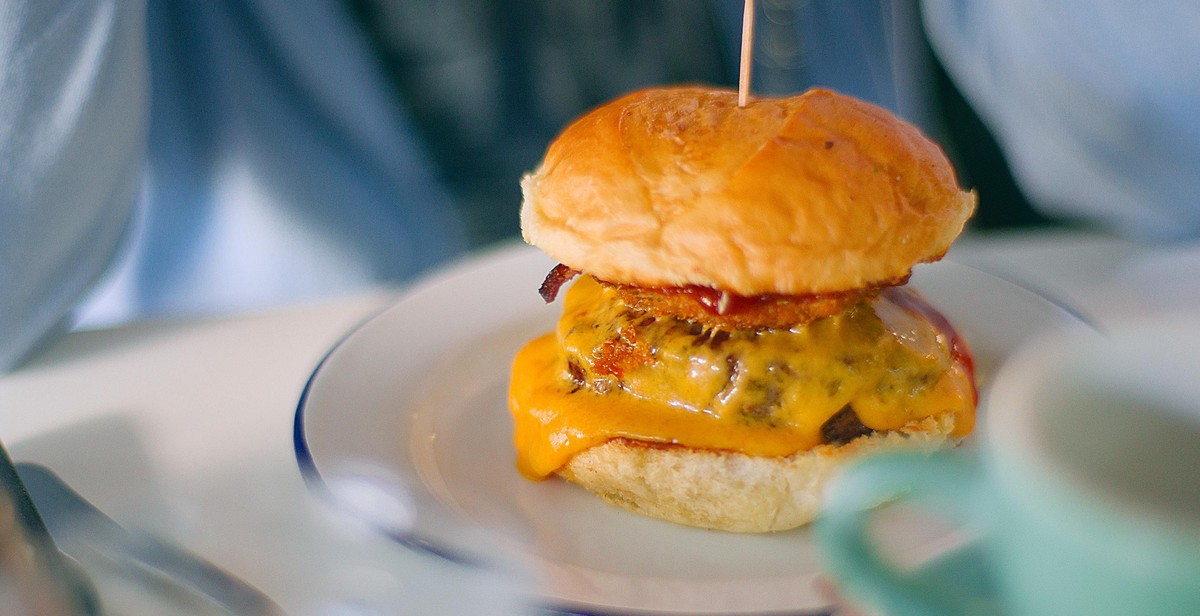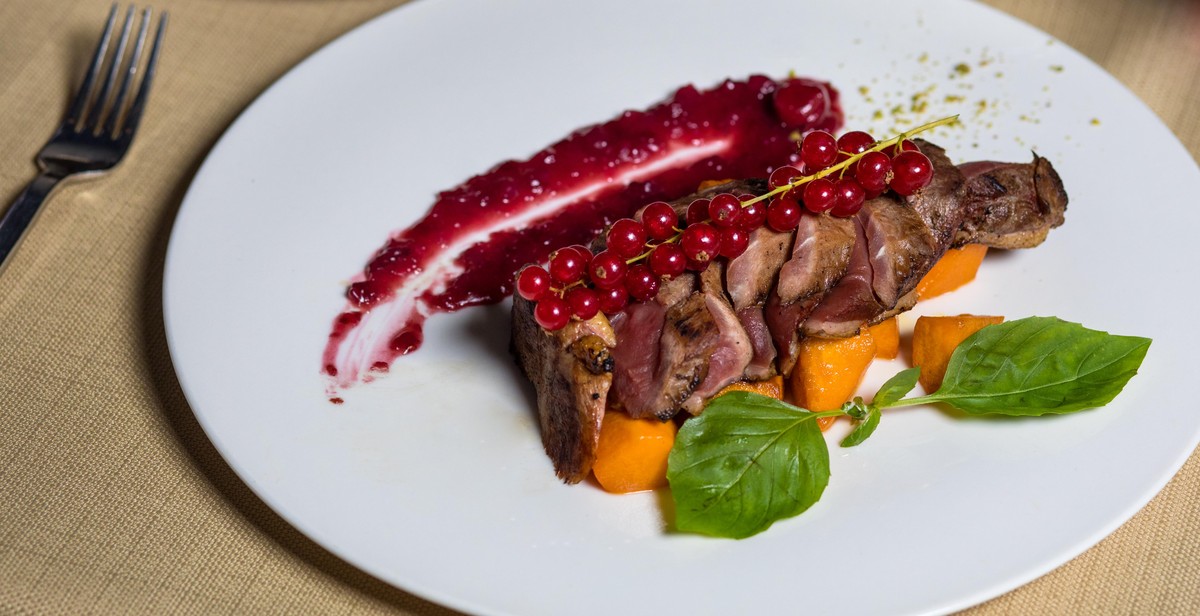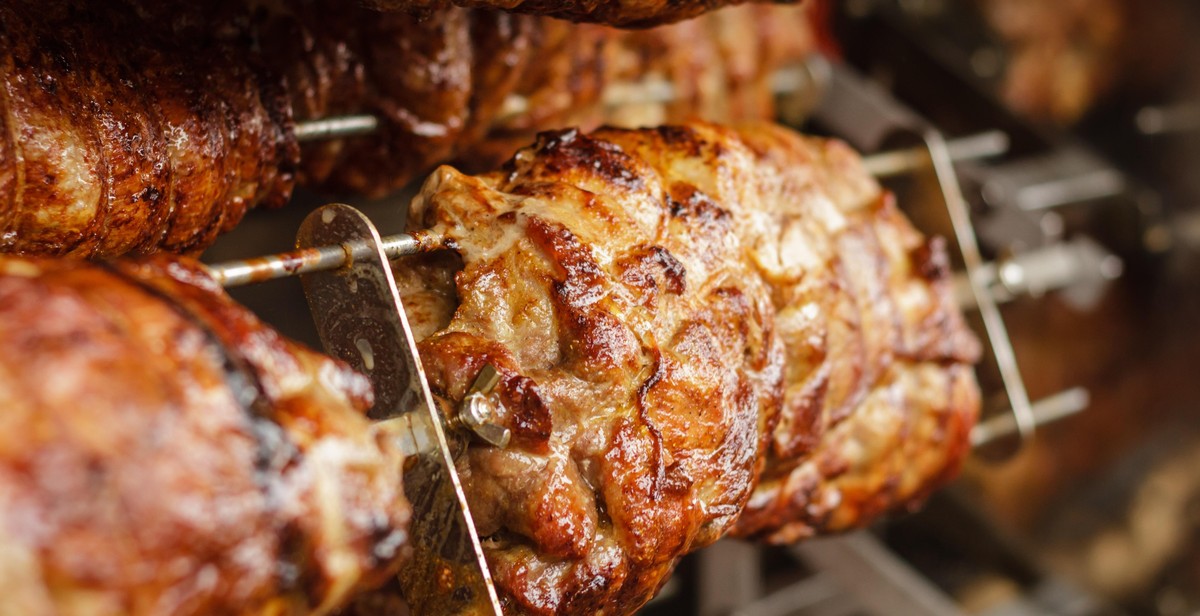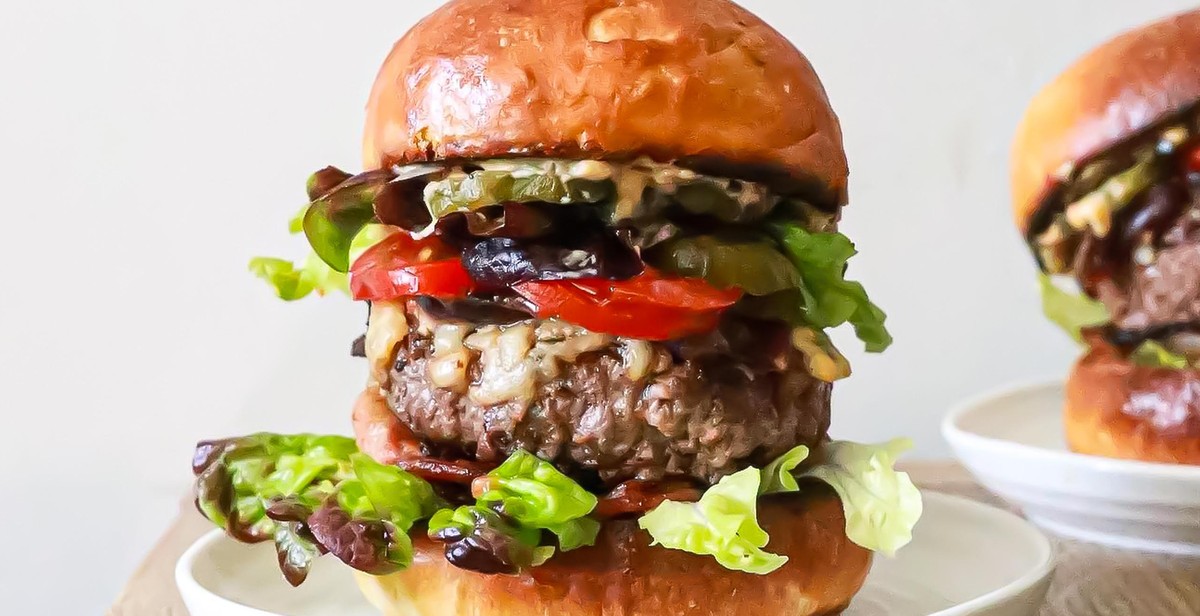How to Roast Beef Tenderloin: Juicy and Flavorful Holiday Main Course
Beef tenderloin is a popular choice for a holiday main course, and for good reason. It’s a lean and tender cut of beef that’s perfect for roasting. However, roasting beef tenderloin can be intimidating, especially if you’re not used to cooking such an expensive cut of meat. But fear not! With a few simple tips and tricks, you can roast a juicy and flavorful beef tenderloin that will impress your guests and leave them wanting more.
Choosing the Right Cut of Beef Tenderloin
When it comes to beef tenderloin, you have a few options. You can buy a whole tenderloin, which is the entire muscle that runs along the backbone of the cow. Or, you can buy a trimmed tenderloin, which has had the fat and silver skin removed. If you’re new to roasting beef tenderloin, we recommend buying a trimmed tenderloin, as it will be easier to work with.
Preparing the Beef Tenderloin
Before you roast your beef tenderloin, you’ll want to bring it to room temperature. This will help it cook more evenly. Take the beef tenderloin out of the refrigerator about an hour before you plan to roast it.
Next, season the beef tenderloin generously with salt and pepper. You can also add other seasonings, like garlic powder, rosemary, or thyme, depending on your taste preferences.
Roasting the Beef Tenderloin
Preheat your oven to 425°F. Place the beef tenderloin in a roasting pan, fat side up. Roast for about 20 minutes per pound, or until the internal temperature reaches 135°F for medium-rare.
Once the beef tenderloin is done, remove it from the oven and let it rest for about 10 minutes before slicing. This will allow the juices to redistribute, resulting in a more tender and juicy roast.
With these tips, you’ll be able to roast a delicious and impressive beef tenderloin for your next holiday meal.

Choosing the Right Beef Tenderloin
When it comes to selecting the right beef tenderloin for your holiday main course, there are a few key factors to consider. The first is the cut of meat. The most popular cut for roasting is the center-cut tenderloin, also known as the chateaubriand. This cut is located in the thickest part of the tenderloin and is uniform in shape, making it easy to cook evenly.
Another factor to consider is whether to choose grass-fed or grain-fed beef. Grass-fed beef comes from cows that have been raised on a diet of grass and other forage, while grain-fed beef comes from cows that have been fed a diet of corn and other grains. Grass-fed beef tends to be leaner and have a more pronounced flavor, while grain-fed beef is more tender and has a milder flavor.
Grass-Fed vs Grain-Fed
Grass-fed beef is a popular choice for those who prioritize sustainability and animal welfare. It is also rich in omega-3 fatty acids, which are beneficial for heart health. However, grass-fed beef can be tougher than grain-fed beef, so it is important to cook it properly to avoid a tough and chewy texture.
Grain-fed beef, on the other hand, is more readily available and tends to be less expensive than grass-fed beef. It is also more tender and has a milder flavor, making it a good choice for those who prefer a more subtle beef taste. However, grain-fed beef can be less healthy than grass-fed beef, as it tends to be higher in saturated fat and lower in omega-3 fatty acids.
Summary
| Cut | Grass-Fed | Grain-Fed |
|---|---|---|
| Center-Cut Tenderloin | Leaner, more pronounced flavor | More tender, milder flavor |
In summary, when choosing the right beef tenderloin for your holiday main course, it is important to consider the cut of meat as well as whether to choose grass-fed or grain-fed beef. Both options have their pros and cons, so it ultimately comes down to personal preference and priorities.

Preparing the Beef Tenderloin
Before roasting a beef tenderloin, it is important to properly trim and tie the meat. This will ensure even cooking and a beautiful presentation.
Trimming the Tenderloin
The first step is to trim any excess fat and silver skin from the tenderloin. Silver skin is a thin layer of connective tissue that can be tough and chewy when cooked. Use a sharp knife to carefully remove the silver skin by sliding the blade between the skin and the meat, being careful not to remove too much of the meat.
Next, remove any excess fat from the tenderloin. While some fat is necessary for flavor and moisture, too much can cause the meat to be greasy and tough. Trim off any thick pieces of fat, leaving a thin layer for flavor.
Tying the Tenderloin
After trimming, the tenderloin should be tied to ensure even cooking. Tying the meat will help it maintain its shape and cook more evenly. To do this, use kitchen twine to tie the tenderloin at regular intervals. Start by tying a knot at one end of the tenderloin, then work your way down, tying the twine tightly around the meat at even intervals.
Alternatively, you can ask your butcher to tie the tenderloin for you. This will ensure that it is properly tied and ready to roast.
| Step | Description |
|---|---|
| 1 | Trim any excess fat from the tenderloin. |
| 2 | Remove the silver skin by sliding a sharp knife between the skin and the meat. |
| 3 | Tie the tenderloin at regular intervals using kitchen twine. |

Seasoning and Flavoring the Beef Tenderloin
Seasoning and flavoring the beef tenderloin is crucial to achieving a delicious and juicy roast. There are two main methods to add flavor to the beef tenderloin: dry rubs and marinades.
Dry Rubs
A dry rub is a mixture of herbs and spices that is rubbed onto the surface of the beef tenderloin before roasting. Dry rubs are a great way to add flavor to the beef tenderloin without adding any extra moisture. Here is a simple recipe for a dry rub:
- 1 tablespoon kosher salt
- 2 teaspoons freshly ground black pepper
- 1 teaspoon paprika
- 1 teaspoon garlic powder
- 1/2 teaspoon onion powder
- 1/2 teaspoon dried thyme
Mix all the ingredients together and rub the mixture onto the surface of the beef tenderloin before roasting. Make sure to rub the mixture evenly onto all sides of the beef tenderloin.
Marinades
A marinade is a mixture of liquid, oil, and spices that is used to flavor and tenderize the beef tenderloin. Marinades are a great way to add flavor and moisture to the beef tenderloin. Here is a simple recipe for a marinade:
| Ingredients | Amount |
|---|---|
| Red wine | 1 cup |
| Olive oil | 1/4 cup |
| Garlic | 3 cloves, minced |
| Thyme | 1 tablespoon, chopped |
Mix all the ingredients together and pour the mixture over the beef tenderloin. Make sure the beef tenderloin is fully coated with the marinade, cover, and refrigerate for at least 4 hours or overnight. Before roasting, remove the beef tenderloin from the marinade and discard the excess liquid.
Both dry rubs and marinades are great ways to add flavor to the beef tenderloin. Experiment with different spice combinations and find the one that suits your taste buds.

Roasting the Beef Tenderloin
Roasting the beef tenderloin is the key to achieving a juicy and flavorful holiday main course. Here are the steps to follow:
Preheating the Oven
Preheat your oven to 425°F (218°C). This high temperature will help to sear the beef tenderloin and create a delicious crust on the outside while keeping the inside juicy.
Cooking Time and Temperature
The cooking time and temperature will depend on the size of your beef tenderloin and how well done you prefer it. As a general rule, plan for 20-25 minutes of cooking time per pound of beef tenderloin for medium-rare doneness. Use a meat thermometer to check the internal temperature of the beef tenderloin. The ideal temperature for medium-rare is 135°F (57°C), while medium is 145°F (63°C) and well-done is 160°F (71°C).
| Doneness | Temperature | Cooking Time (per pound) |
|---|---|---|
| Medium-Rare | 135°F (57°C) | 20-25 minutes |
| Medium | 145°F (63°C) | 25-30 minutes |
| Well-Done | 160°F (71°C) | 30-35 minutes |
Checking for Doneness
It’s important to check the internal temperature of the beef tenderloin to ensure it’s cooked to your desired level of doneness. Insert a meat thermometer into the thickest part of the beef tenderloin, avoiding any bones or fat. Once the beef tenderloin has reached the desired temperature, remove it from the oven and let it rest for 10-15 minutes before slicing. This will allow the juices to redistribute and make for a juicier and more flavorful beef tenderloin.
By following these simple steps, you’ll be able to roast a delicious and juicy beef tenderloin that’s sure to impress your guests this holiday season.

Resting and Serving the Beef Tenderloin
After roasting the beef tenderloin, it is essential to let it rest for at least 15 minutes before carving. Resting allows the juices to redistribute throughout the meat, resulting in a tender and juicy roast. If you cut into the meat right away, the juices will escape, leaving the meat dry and tough.
While the beef tenderloin is resting, you can prepare the sides and sauces. Here are some serving suggestions:
Serving Suggestions
- Roasted vegetables such as carrots, potatoes, and Brussels sprouts
- Green beans almondine
- Roasted garlic mashed potatoes
- Yorkshire pudding
For sauces, you can serve the beef tenderloin with a classic red wine sauce or a creamy horseradish sauce. Here are the recipes:
Red Wine Sauce
| Ingredients | Instructions |
|---|---|
| 1 cup red wine | In a saucepan, cook the red wine over medium heat until it is reduced by half. Add 1 cup beef broth and continue cooking until the sauce thickens. Season with salt and pepper to taste. |
Creamy Horseradish Sauce
| Ingredients | Instructions |
|---|---|
| 1/2 cup sour cream | In a small bowl, mix together the sour cream, 2 tablespoons of prepared horseradish, and 1 tablespoon of Dijon mustard. Season with salt and pepper to taste. |
These sides and sauces will complement the beef tenderloin perfectly and make for a memorable holiday meal.
